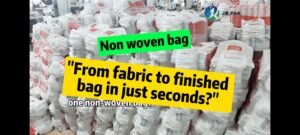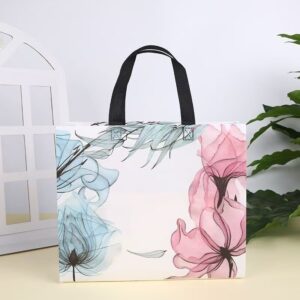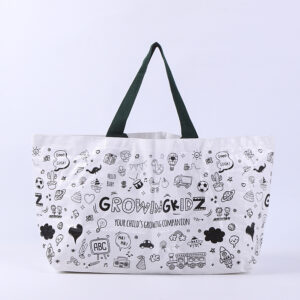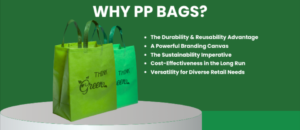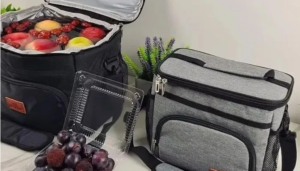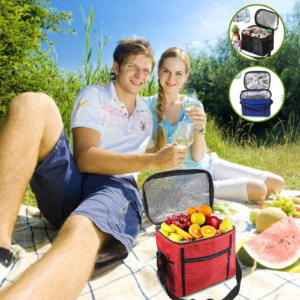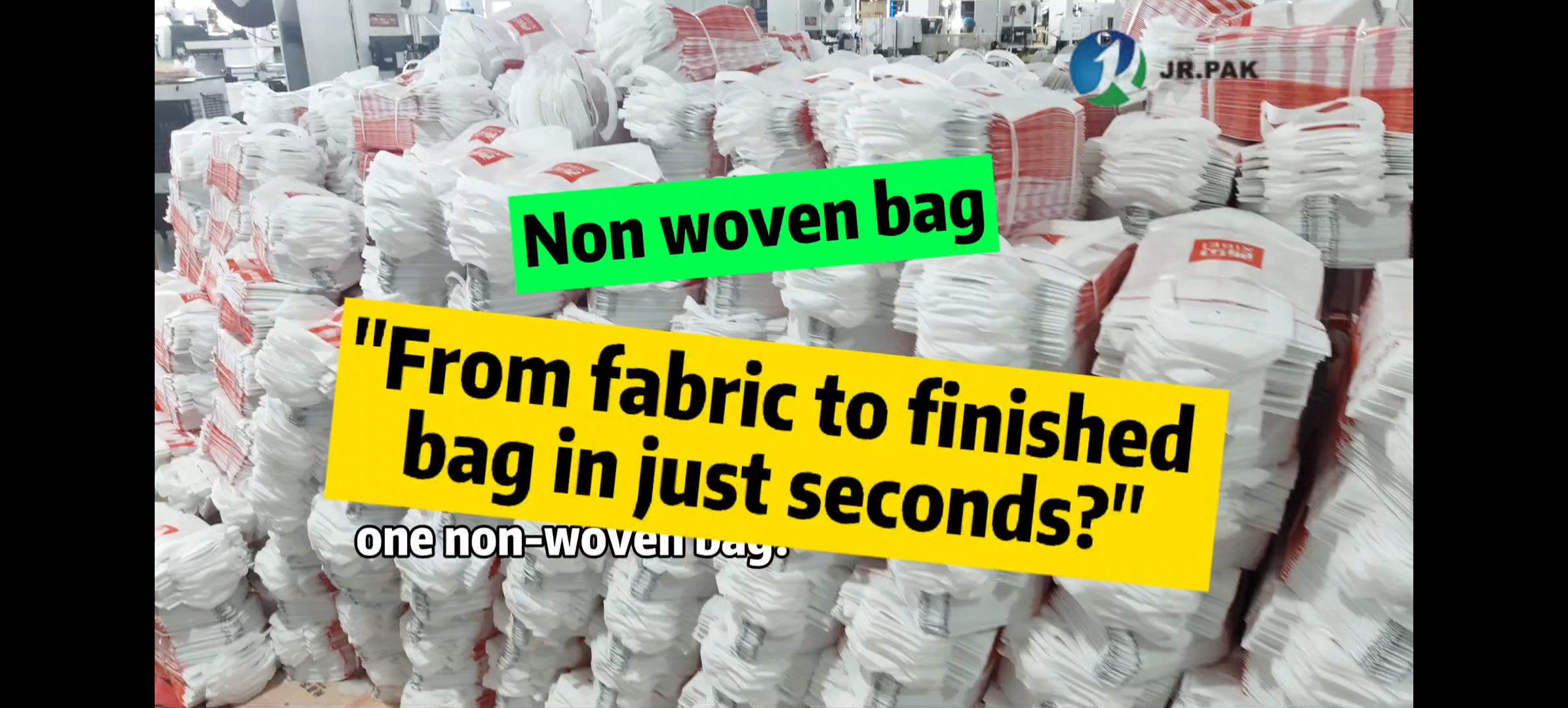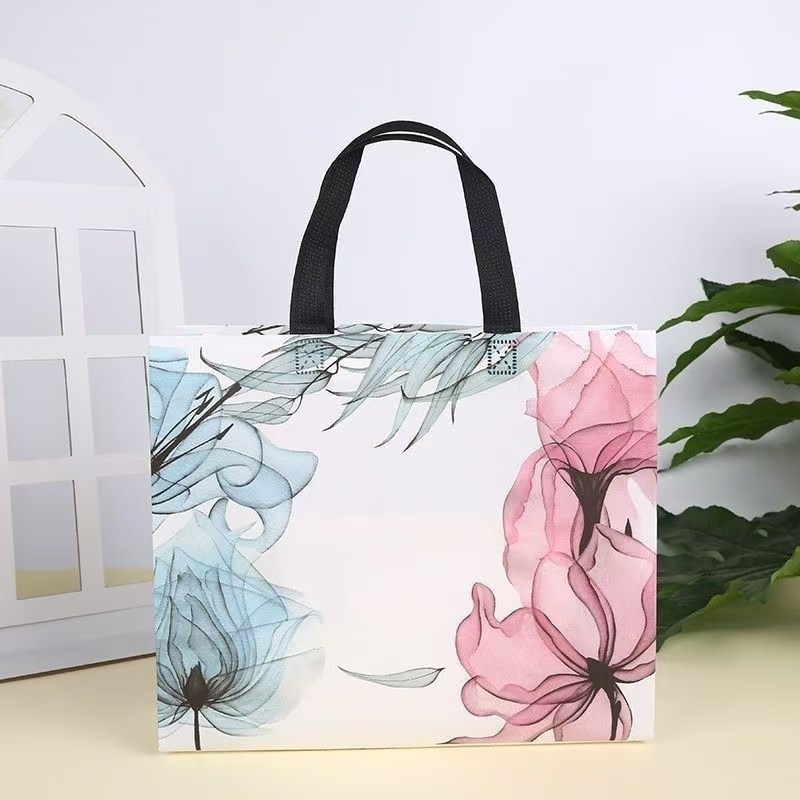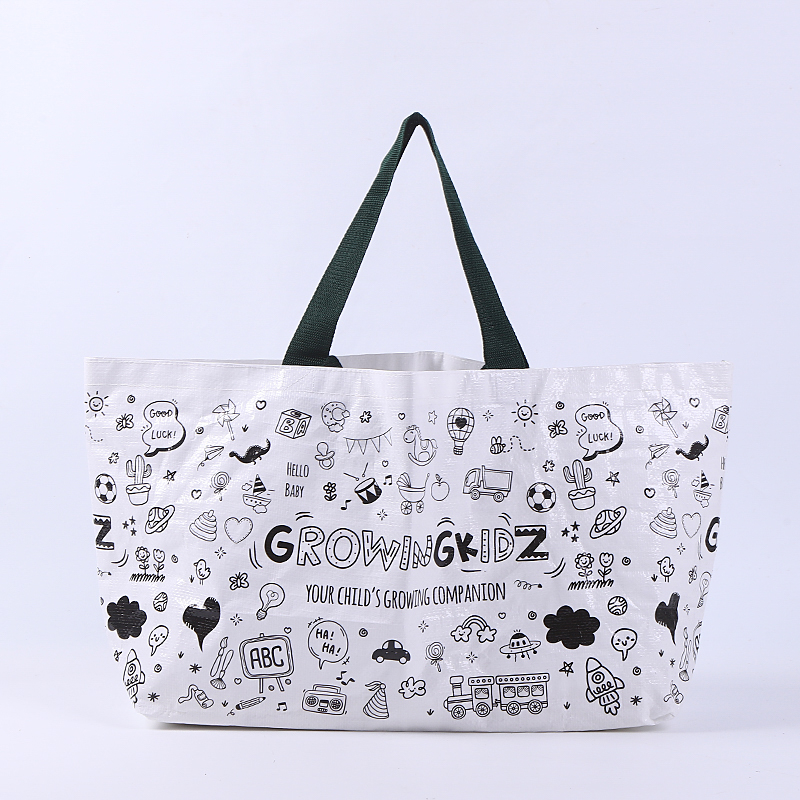What is the difference between woven and non-woven polypropylene?
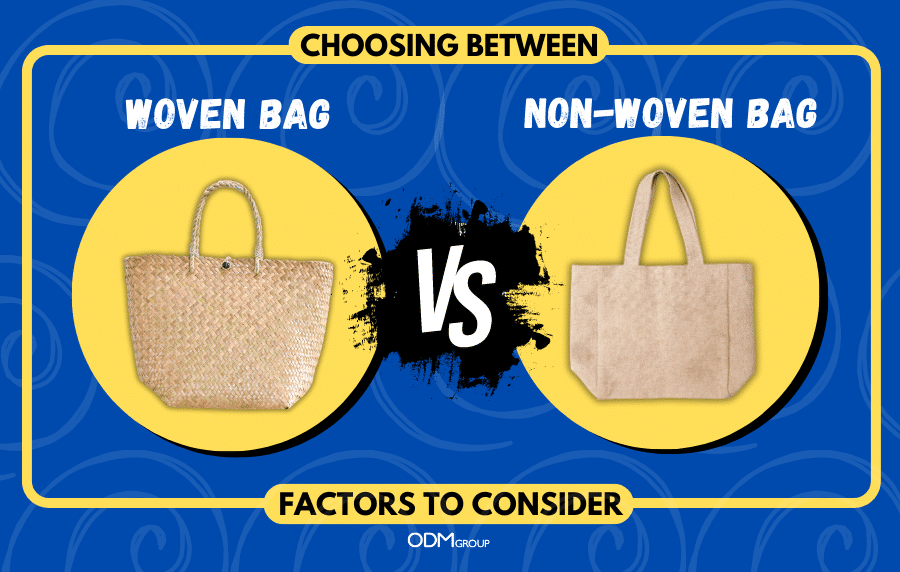
Many buyers struggle with choosing between woven and non-woven polypropylene bags. Choosing wrong could lead to product failure and wasted money.
Woven polypropylene is made by weaving threads, while non-woven is bonded with heat and pressure. Their durability, texture, and cost differ.
Each material has its own strengths. Let’s explore the details and help you choose the best bag for your business.
What is the difference between woven and non-woven polypropylene?
Many importers confuse the two materials. That confusion can cause misunderstandings in product orders and customer complaints.
Woven polypropylene is made from interlaced threads; non-woven polypropylene is bonded without weaving. Their manufacturing, feel, and application vary.
Woven polypropylene is created by weaving polypropylene threads into a fabric. This process makes the material strong and reusable. It feels like a plastic version of cloth. Non-woven polypropylene skips the weaving process. Instead, it bonds fibers using heat and pressure. This method creates a fabric that looks more like felt or paper.
Comparison Table: Woven vs Non-Woven Polypropylene
| Feature | Woven Polypropylene | Non-Woven Polypropylene |
|---|---|---|
| Manufacturing Process | Woven from PP threads | Thermally bonded PP fibers |
| Texture | Rough, fabric-like | Smooth, paper-like |
| Durability | High, reusable many times | Moderate, reusable but less so |
| Customization | Suitable for laminating, printing | Suitable for screen printing |
| Cost | Slightly higher | Lower |
| Applications | Rice bags, shopping bags | Promotional bags, takeaway bags |
For example, I had a client who ordered woven bags thinking they were stronger. But the supplier shipped non-woven ones. The customer was disappointed and refused the batch. Clear knowledge avoids costly mistakes.
Are non-woven bags good or bad?
Some customers worry non-woven bags feel cheap. Others praise their eco-friendliness and price. Are they worth it?
Non-woven bags are a cost-effective and eco-friendly option for many businesses. But they are less durable than woven bags.
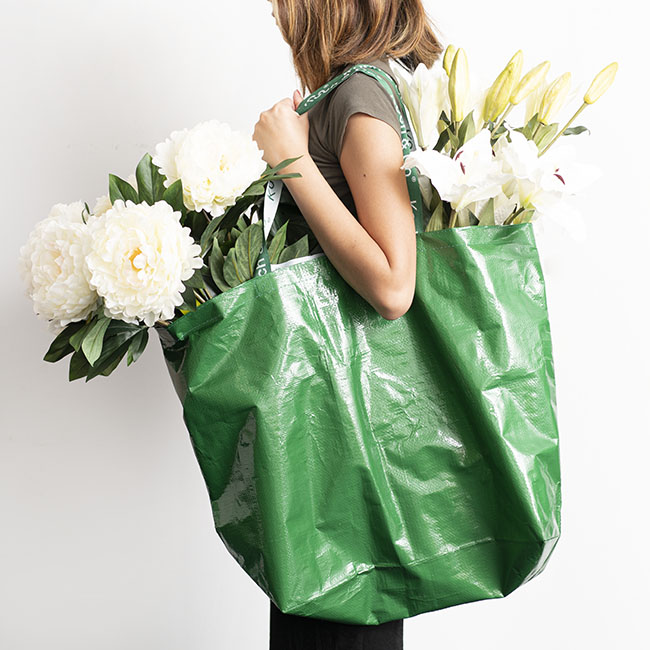
Non-woven bags are a popular choice for giveaways and promotions. They offer a low-cost, recyclable alternative to plastic bags. Their surface supports screen printing well, allowing for bright logos and branding.
Pros and Cons of Non-Woven Bags
| Pros | Cons |
|---|---|
| Lightweight and low cost | Less durable than woven bags |
| Customizable with screen printing | May feel less premium |
| Eco-friendly and recyclable | Cannot carry very heavy items |
| Quick production cycle | Less resistant to moisture |
I once attended a trade show where most companies handed out non-woven bags with brochures inside. One client mentioned that their colorful bag became a conversation starter, helping attract more visitors to their booth.
What is the difference between woven and non-woven bags?
Business owners often ask if they should choose woven or non-woven bags. The answer depends on your use case.
Woven bags are stronger and more durable. Non-woven bags are lighter and cheaper. Both suit different commercial needs.
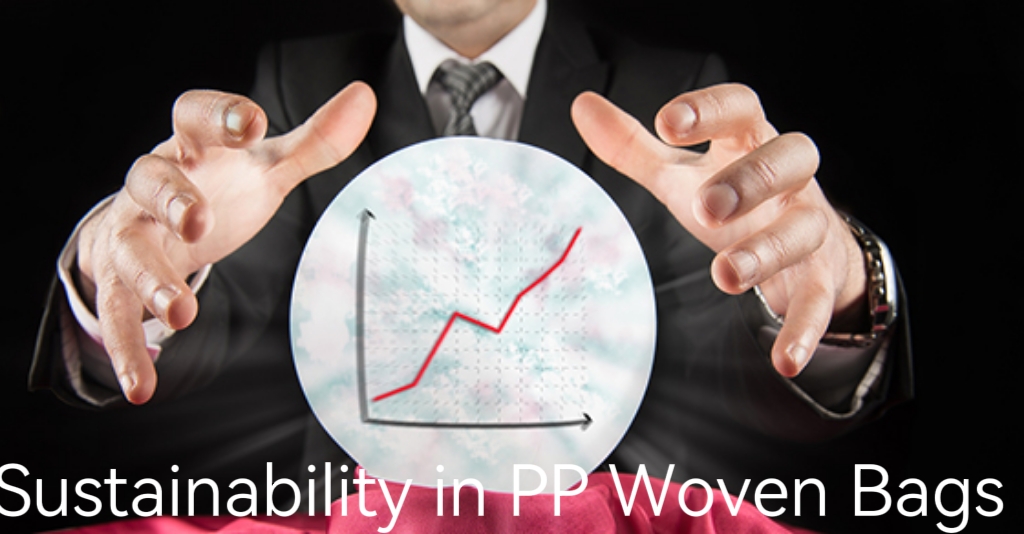
The main difference lies in structure. Woven bags can hold heavy items like groceries or hardware. Non-woven bags are better for lighter loads or single-use events like promotions.
Which Should You Choose?
| Use Case | Recommended Type |
|---|---|
| Supermarkets, heavy groceries | Woven polypropylene bags |
| Trade shows, events, branding | Non-woven polypropylene bags |
| Durable retail packaging | Woven bags |
| Takeaway food packaging | Non-woven bags |
One of my wholesale buyers once needed bags for a supermarket chain. They tried both types but settled on woven bags for strength. Later, they used non-woven ones for seasonal promotions with printed coupons inside.
What are the benefits of non-woven polypropylene?
Some buyers are unsure whether to trust non-woven bags. Are they useful or just a trendy eco-product?
Non-woven polypropylene bags are reusable, recyclable, cost-effective, and customizable. These traits make them a popular choice for promotional use.
Non-woven polypropylene is a thermoplastic polymer. It can be melted and reused. These bags can be made in many sizes, colors, and designs. Their flexibility and lightness reduce shipping costs. They're also considered more environmentally friendly than single-use plastic bags.
Key Benefits of Non-Woven Polypropylene Bags
| Benefit | Description |
|---|---|
| Reusable | Can be used many times, reducing waste |
| Lightweight | Easy to carry and transport |
| Cost-effective | Affordable for large quantity orders |
| Print-friendly | Ideal for screen printing custom logos |
| Eco-friendly | Made from recyclable material |
We once customized 50,000 non-woven bags for a client’s product launch in Japan. The client was thrilled by the balance of price, print quality, and eco image.
Conclusion
Woven bags are stronger and more durable, while non-woven bags are lighter, cheaper, and eco-friendly.


